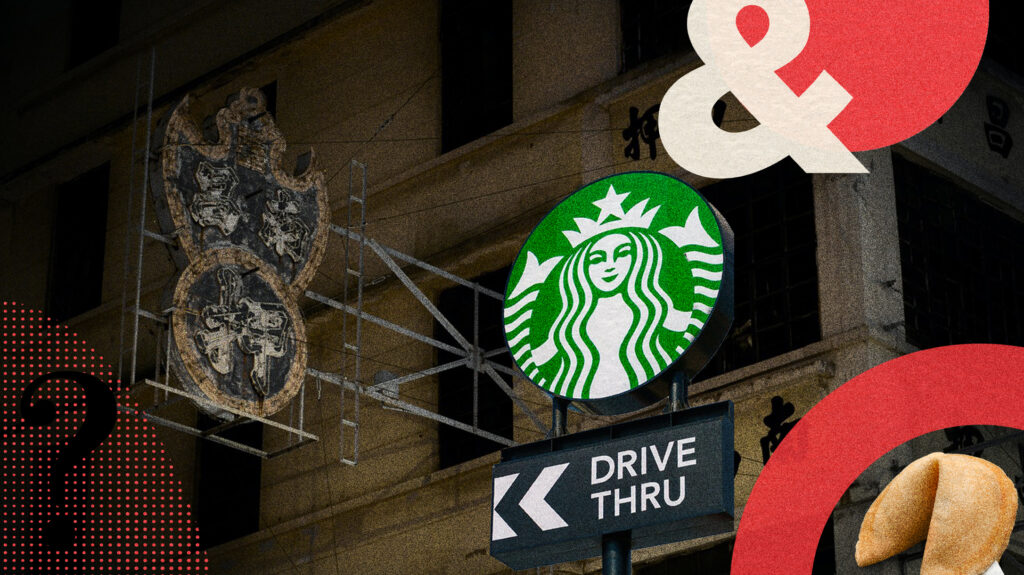In 1890, Sir Edwin Arnold wrote in the London Daily Telegraph about his visit to San Francisco. He describes it as a place of “exuberant prosperity” full of “splendid palaces of commerce or pleasure” but that “in her midst nestles the hideous and uncleanly Chinese quarter… where they wallow like pigs and burrow like rats.”
Indeed, San Francisco’s Chinatown grew out of the segregationist period of the 1890’s and quite often, did resemble a slum, nevertheless, across the country such neighborhoods were disparaged and vilified. But they also fostered a community for those who lived there and over time, such distinctly ethnic neighborhoods created what we know as the American Experience — the “melting pot” — even if not everyone was permitted to blend in.
One can argue that while these villages within cities are no less relevant today than they were 100 years ago, because they reinforce ethnic identity and bring context and connection to the urban landscape.
The fact is, Asians had to create their own communities in order to survive and maintain their cultural identity. Across the country, cities like San Francisco, Seattle, Portland, Los Angeles, Chicago, and New York featured enclaves with their own distinctive architecture, shops, places of worship, and dining establishments. The latter, of course, was the one seduction that Westerners began developing a taste for (not including the opium dens and brothels.)
Today, these villages are at odds with economics. San Francisco’s Japantown and Los Angeles’ Little Tokyo endured huge financial losses in the pandemic and thus far, landlords have been far from sympathetic. While there are plans for a $6 million redesign of San Francisco’s Peace Plaza and Japantown Mall, merchants there say footfall has continued to decrease even after the pandemic’s worst days.
With Japantown, the issue is less about gentrification and more about the fact that the number of Japanese Americans is declining. Recent Census data shows that only 1% of the city’s population, or about 8,000 people, is Japanese or Japanese American, while many other Asian ethnic groups are growing. It’s estimated that only about 400 people of Japanese descent even live in Japantown, making the neighborhood more like a museum than a community.
There is cause for alarm with San Francisco’s Chinatown, which for decades seemed immovable and unchanging. Now, it is in grave danger of disappearing. One of the first signs was when the Empress of China restaurant closed after 48 years. And while it later reopened as Empress by Boon, a Michelin-starred restaurant, it bears no resemblance to its predecessor. The Gold Mountain restaurant on Broadway became the glitzy China Live! Venue, a complete departure from its origins as a canteen for Chinatown’s elderly retirees.
While Grant Avenue is still a thoroughfare for the tourist trade, many are wondering if Chinatown will disappear altogether. With a new subway station and already an encroaching Starbucks at its border, will investors begin to eye historic buildings and conspire to build condos? And if those condos sell to “outsiders”, will they want noisy produce stands over a Target store and yet another Starbucks?
The not-for-profit BeChinatown is a coalition of volunteers and civic leaders who are mobilizing to preserve Chinatown’s unique character, from the preservation of historic architecture to expanding the use of traditional lanterns throughout the streets and alleys of the neighborhood.
But are lanterns enough? In numerous instances, we have seen gentrification occur behind a veil of preservation, leaving a hollow core behind the façade. A refurbished antique sign here, a quaint old building there, there are many of today’s generation of Asian Americans who simply don’t see the point of preservation in the face of what they feel is period of time that has run its course.
For the first time, buildings that were historically owned by Asian Americans — some since the 19th century — are being sold to the highest bidder. Prices for real estate in Boston’s Chinatown are among the fastest growing, while a new condo project in New York’s Chinatown is a $1.4 billion, 815-unit tower with a 75-foot swimming pool, an “adult tree house”, and a nod to history with an outdoor tea pavilion.
Meanwhile, a developer in Los Angeles has devoured properties in Chinatown there, spending over $30 million to date for numerous buildings slated for redevelopment as condos and mixed-use projects.
The argument here, however, is that with the increased loss of diverse communities in cities — cities which, historically, were diverse and demonstrated that diversity with its cultural and commercial assets — comes the complete homogenization of cities, such as what’s happening now in San Francisco.
In just the past fifteen years, the Castro District, a historically significant LGBTQ+ neighborhood, has increasingly become “straight”, and gay nightclubs continue to struggle with the loss of customers who seek out love online rather than in a bar. And with high rents, many young gay people can’t afford to live there.
When cities rely purely on economic engines and disregard historical and cultural context, we see the evaporation of what made those cities so vibrant in the first place. We are left with only the echoes of a past that is too far gone to retrieve.
